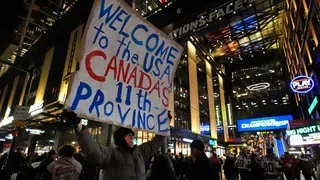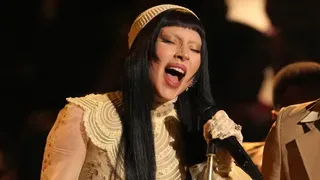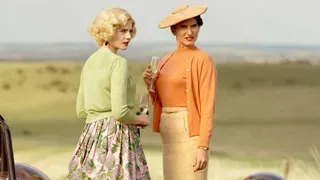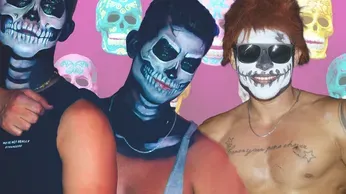
October 31, 2024
From Costumes to Calaveras: How Halloween and 'Day of the Dead' Unite LGBTQ+ Celebrations Across Borders
Darin Slyman READ TIME: 8 MIN.
Halloween and Día de los Muertos (Day of the Dead) serve as cultural cornerstones for LGBTQ+ communities in the U.S. and Mexico, respectively, each offering unique avenues for identity expression, creativity, and celebration.
In the U.S., Halloween is often dubbed the "gay Christmas," thanks to its open celebration of transformation, liberation, and community. For decades, this holiday has allowed LGBTQ+ individuals to experiment with identity through costumes and parades in cities like San Francisco, Key West, and West Hollywood. As sociologist Jack Kugelmass observed, Halloween's connection to the LGBTQ+ community is rooted in the holiday's capacity for transgression, allowing people to explore identities that might otherwise be suppressed due to societal pressures. This longstanding connection to Halloween highlights the community's embrace of flamboyance, camp, and the freedom that comes with stepping outside of traditional norms.
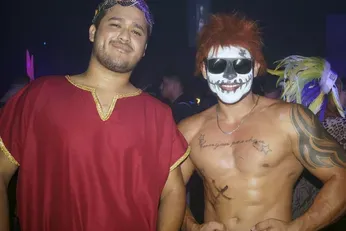
Source: GAY PV
In contrast, Mexico's Day of the Dead in Puerto Vallarta–revered as the "gay Riviera"–presents a similarly expressive yet culturally distinct celebration. Día de los Muertos, which honors the memory of deceased loved ones, is vibrant with parades, elaborate face painting, and altars adorned with marigolds and offerings. While deeply rooted in Mexican tradition, the holiday's emphasis on mortality, remembrance, and joyous celebration resonates with Puerto Vallarta's LGBTQ+ community, allowing for a blending of cultural pride with LGBTQ+ visibility.
Both holidays underscore the deep need for self-expression and community bonding in safe, affirming spaces. Halloween in the U.S. offers a chance for LGBTQ+ individuals to transform and celebrate in a whimsical way, while Día de los Muertos in Puerto Vallarta provides a culturally rich, deeply reflective backdrop for honor and remembrance.
Photos courtesy of GAYPV.com
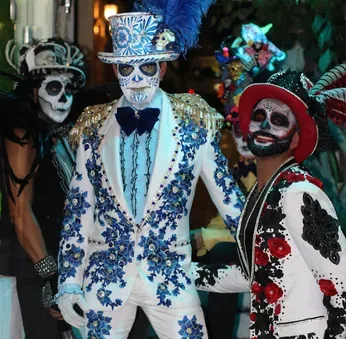
Source: GAY PV
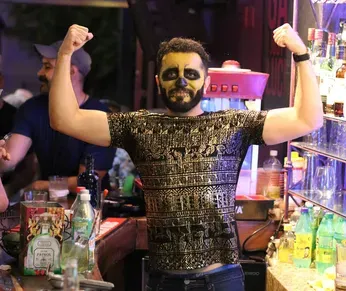
Source: GAY PV
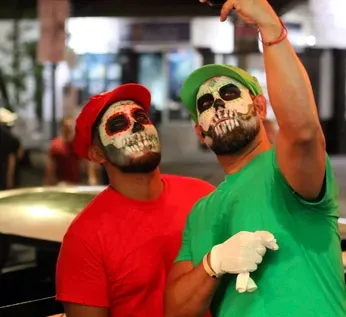
Source: GAY PV
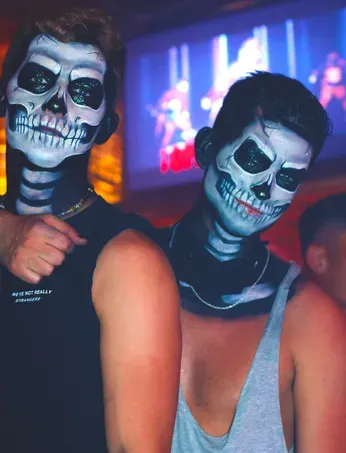
Source: GAY PV
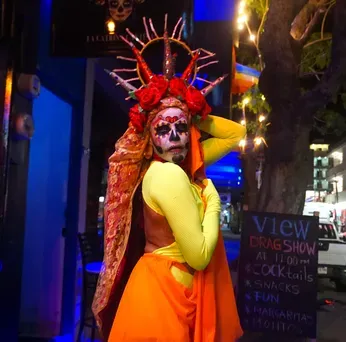
Source: GAY PV
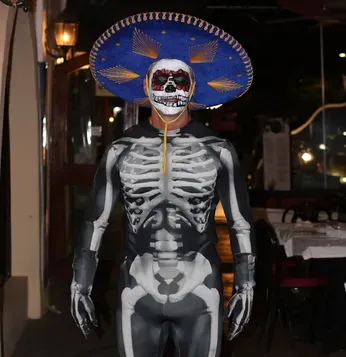
Source: GAY PV


